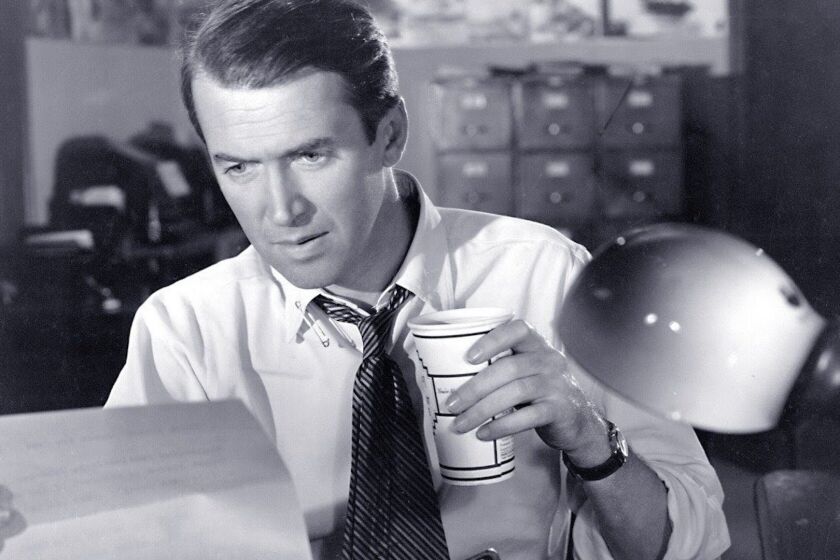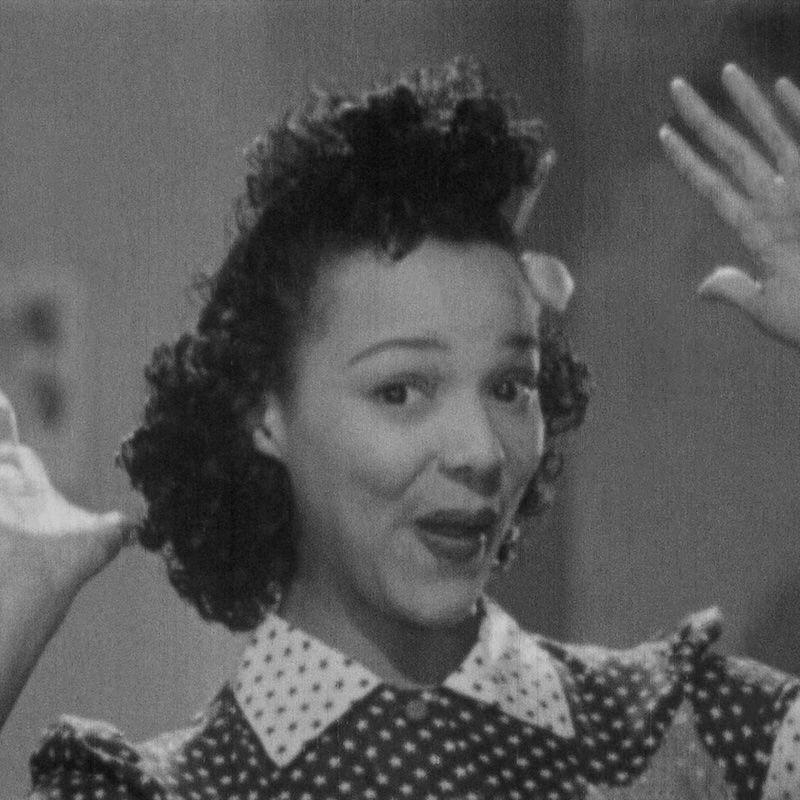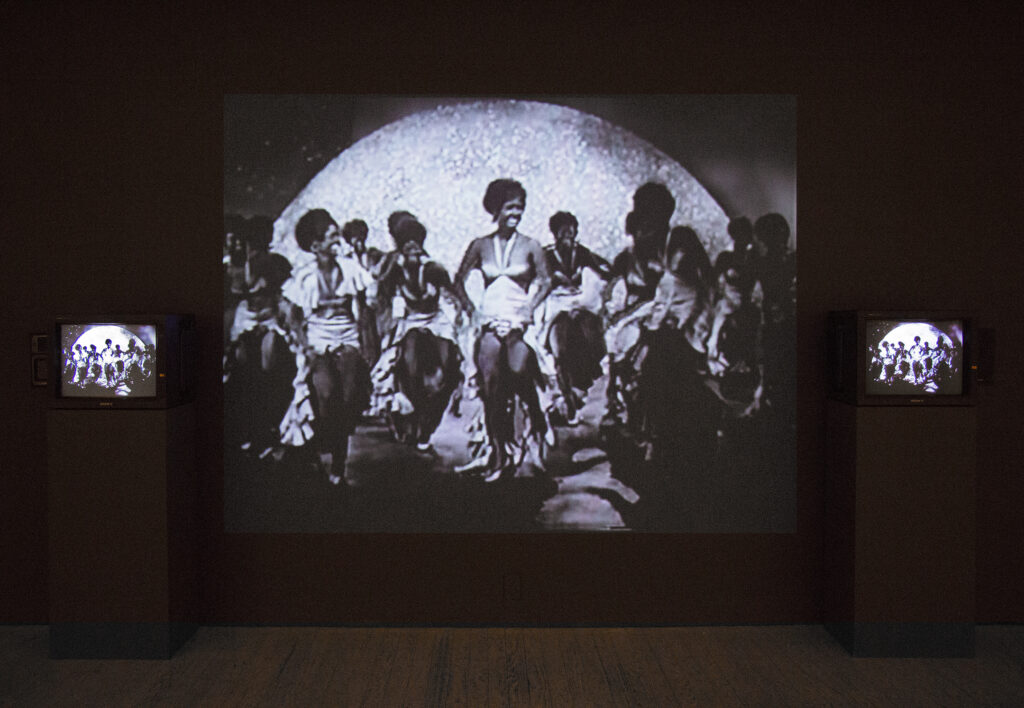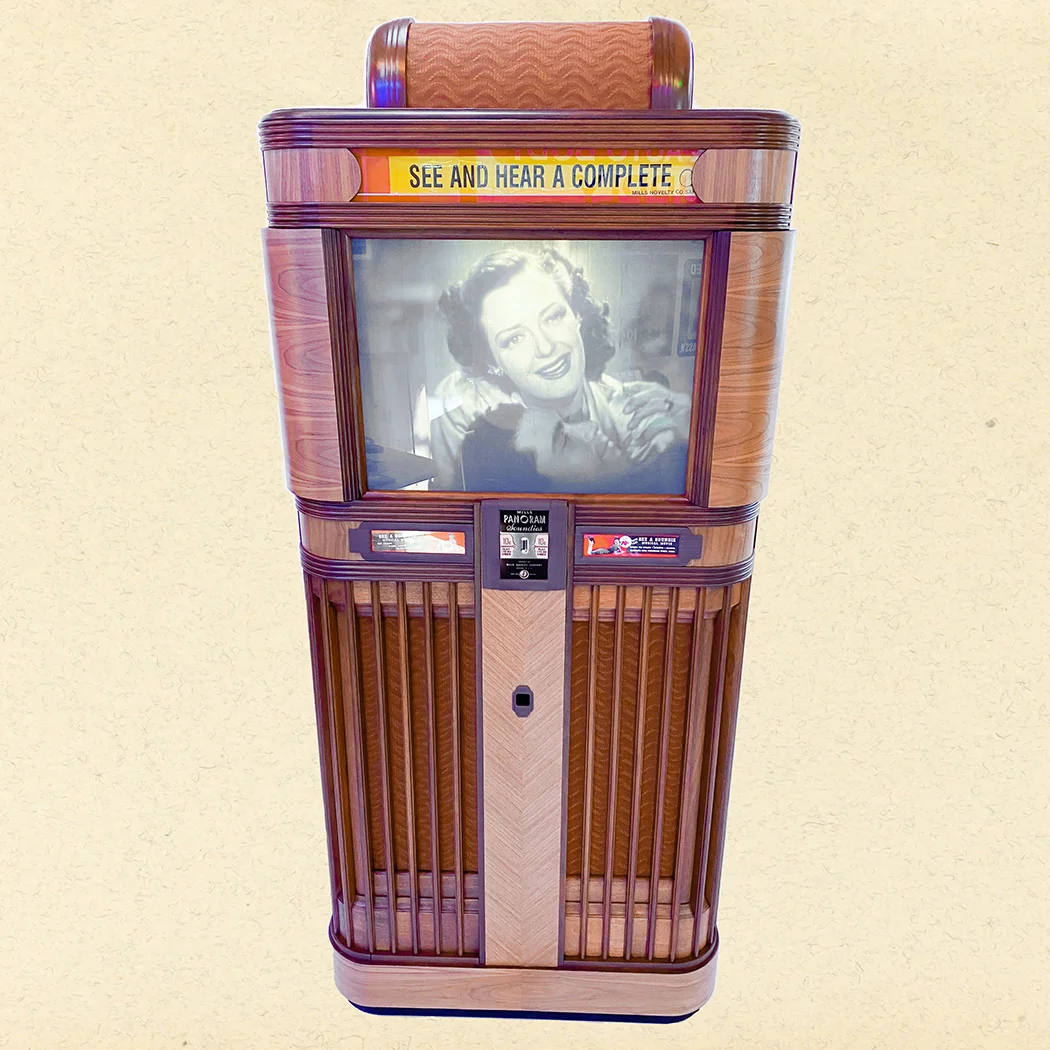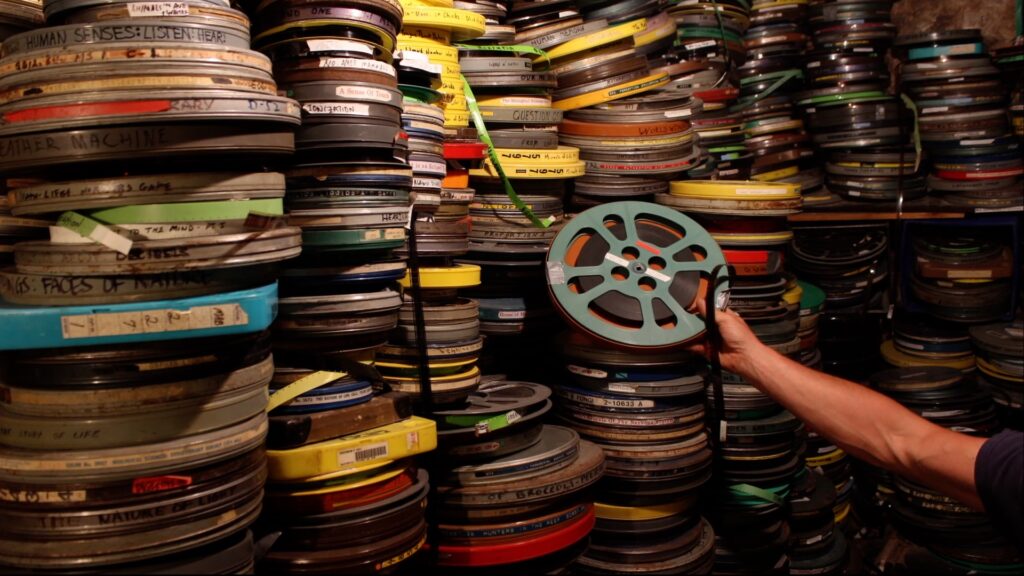
Soundies were great pick-me-ups during World War II. And 80-odd years later, they do much the same in these uncertain, challenging times.
For a quick hit of music, energy, and we-can-do-it optimism, here are links to two troves of Soundies hits—and for a really quick hit, a set of one-minute Soundies clips. Just click on the headers.
Online Movie Jukebox. Here on this website, the Online Movie Jukebox presents 12 top Soundies starring Black performers, from Dorothy Dandridge and Duke Ellington to the Delta Rhythm Boys and Day, Dawn and Dusk.
Want a deeper dive? Jump in at any point for more Soundies, organized according to the chapters in the book.

Max.com. Back in 2022, you may have caught some of these Soundies on TCM. Now, 5 seasons’ worth—50 in all—are streaming on Max.com. Season 1 showcases the unknowns who went on to fame, including Doris Day, Nat King Cole, Liberace, and Ricardo Montalban. Later seasons are full of surprises too, with Soundies starring Duke Ellington, Sister Rosetta Tharpe, Louis Armstrong, and many more.

YouTube Clips. For the quickest, shortest hit of Soundies, head to my YouTube Channel, Soundies Book, and the many clips that Kino Lorber made to promote Soundies: The Ultimate Collection. Especially energizing: the 59-second clip from Duke Ellington’s Hot Chocolate (“Cottontail”), with scorching jitterbugging by Whitey’s Lindy Hoppers.
Film theorist Amy Herzog writes that in Soundies, “there is room for irrationality, transformation, eruption—even a joy in difference.” Forged in wartime, that generous, inclusive vision is still powerful today, and worth celebrating with a favorite Soundie or two.
